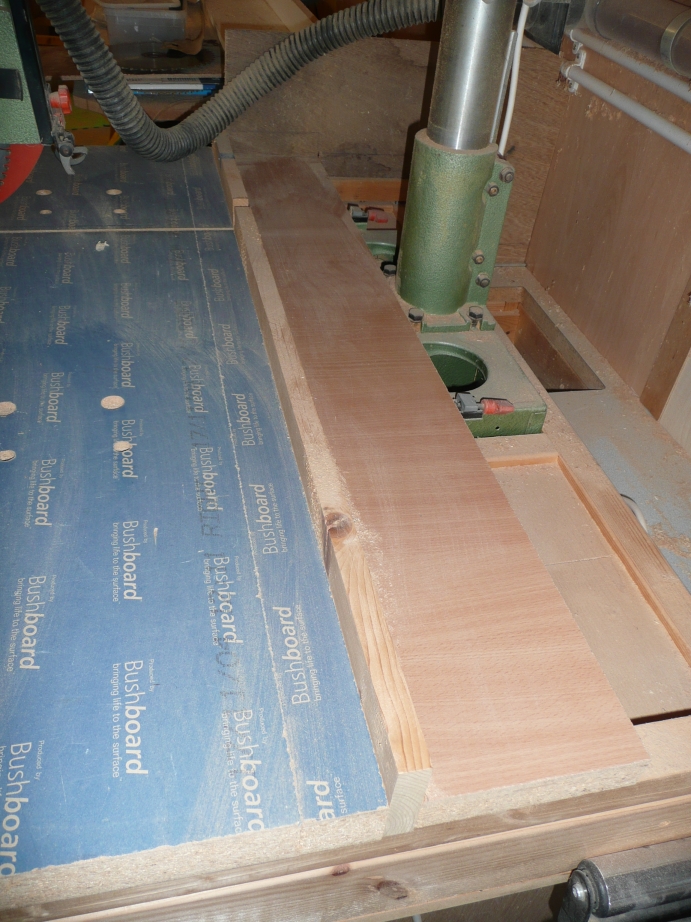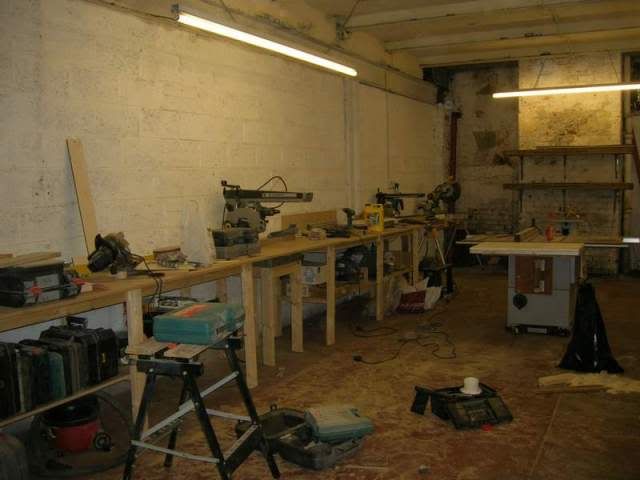Dodge":3qoflj69 said:
I swear by my radial arm saw, the thing to remember is that it is a crosscut saw and in no way should be used for ripping boards along their length.
I know if you read the dewalt book it says you can by turning the head but take a word of advice - DONT DO IT!
Rog
I know this is an old thread, but I really disagree with those that say don't rip with a radial, I've had mine for 20 years or so it is an old DW110 and use it for both cross cut and ripping. I try and check my saws setup fairly regularly using the manual, right angle to the fence and saw table, blade parallel to the fence for ripping etc.
I carefully set the anti kick back jaws and on narrow stock use two quite long push sticks, one to keep the wood pushed against the fence and the other to push through the timber. I keep the feed rate such that the motor doesn't strain and slow down. I stand to the side, so if something was to happen it would pass me by. I cut regularly cut 8x4 sheets 3/4 ply and mdf (I get my wife's help to,handle the large sheets), and just last week cut an old 1 1/2" thick old mahogany lab bench top into strips for a friends garden seat.
I have had kickback once when I first started using the saw when ripping, the wood hit hit me on the chest, and it hurt, since then following the above points it havent had kickback again. if I had room for a table saw then I probably would have bought one however kick back can happen on a table saw. I use my radial saw for everything.
I can see from this gentleman's website he is an extremely talented craftsman, but sorry I don't agree with you on this issue.
I do agree with those that say get a good quality blade and keep the blade sharp, I tend to use branded multiple tooth blades ranging from 40 to 60teeth or so.
When cross cutting I always make sure my left hand is out of the the line of cut, on two occasions over the years again when i started using the saw, the saw blade has snatched and climbed the wood very very scary, the blade moved about an inch to the left of its normal cutting line, this was on cutting thicker stock 2" hardwood I thnk it was cherry, thinking about how I cut thicker,stock now i hold the handle firmly and tend to cut the wood in small jerky movements cut, push back a little, cut push back, cut, push back cut etc again the older the blade rather the more blunt the blade the more careful you have to be, thin stock up,to 3/4" is easy peasy.
Graham



































